Varun Viswanath
Predicting Solar Energy Generation with Machine Learning based on AQI and Weather Features
Aug 22, 2024



Abstract:This paper addresses the pressing need for an accurate solar energy prediction model, which is crucial for efficient grid integration. We explore the influence of the Air Quality Index and weather features on solar energy generation, employing advanced Machine Learning and Deep Learning techniques. Our methodology uses time series modeling and makes novel use of power transform normalization and zero-inflated modeling. Various Machine Learning algorithms and Conv2D Long Short-Term Memory model based Deep Learning models are applied to these transformations for precise predictions. Results underscore the effectiveness of our approach, demonstrating enhanced prediction accuracy with Air Quality Index and weather features. We achieved a 0.9691 $R^2$ Score, 0.18 MAE, 0.10 RMSE with Conv2D Long Short-Term Memory model, showcasing the power transform technique's innovation in enhancing time series forecasting for solar energy generation. Such results help our research contribute valuable insights to the synergy between Air Quality Index, weather features, and Deep Learning techniques for solar energy prediction.
SpecTracle: Wearable Facial Motion Tracking from Unobtrusive Peripheral Cameras
Aug 14, 2023
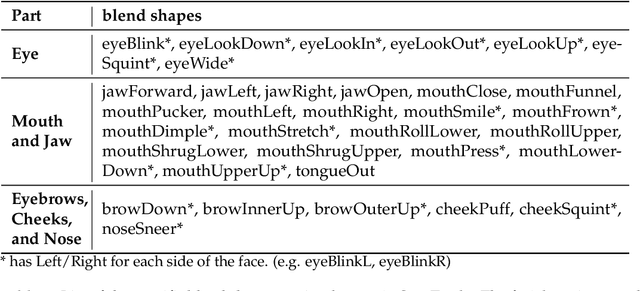
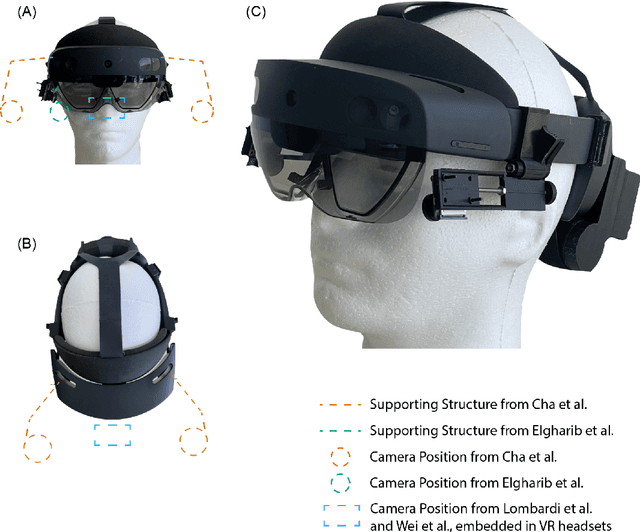
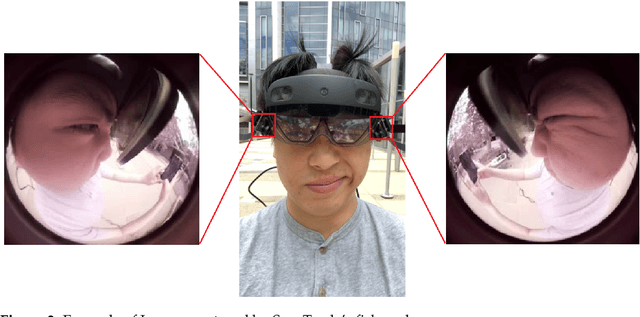
Abstract:Facial motion tracking in head-mounted displays (HMD) has the potential to enable immersive "face-to-face" interaction in a virtual environment. However, current works on facial tracking are not suitable for unobtrusive augmented reality (AR) glasses or do not have the ability to track arbitrary facial movements. In this work, we demonstrate a novel system called SpecTracle that tracks a user's facial motions using two wide-angle cameras mounted right next to the visor of a Hololens. Avoiding the usage of cameras extended in front of the face, our system greatly improves the feasibility to integrate full-face tracking into a low-profile form factor. We also demonstrate that a neural network-based model processing the wide-angle cameras can run in real-time at 24 frames per second (fps) on a mobile GPU and track independent facial movement for different parts of the face with a user-independent model. Using a short personalized calibration, the system improves its tracking performance by 42.3% compared to the user-independent model.
Smartphone Camera Oximetry in an Induced Hypoxemia Study
Mar 31, 2021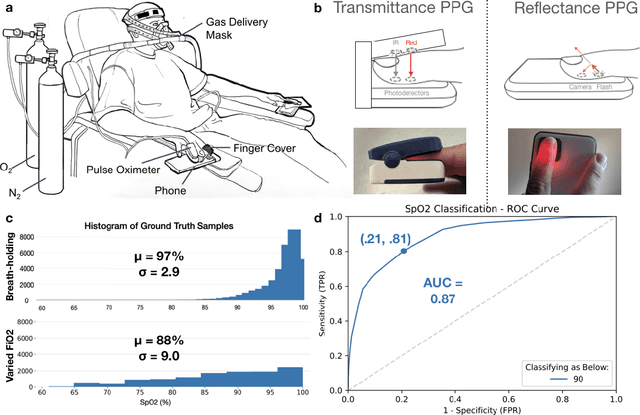
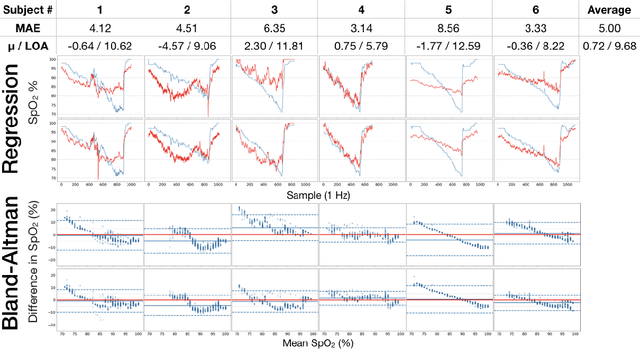
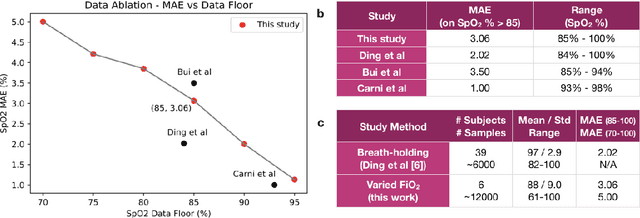
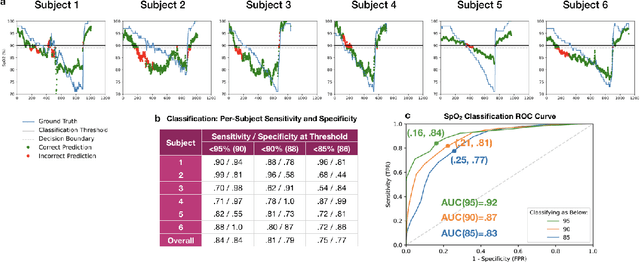
Abstract:Hypoxemia, a medical condition that occurs when the blood is not carrying enough oxygen to adequately supply the tissues, is a leading indicator for dangerous complications of respiratory diseases like asthma, COPD, and COVID-19. While purpose-built pulse oximeters can provide accurate blood-oxygen saturation (SpO$_2$) readings that allow for diagnosis of hypoxemia, enabling this capability in unmodified smartphone cameras via a software update could give more people access to important information about their health, as well as improve physicians' ability to remotely diagnose and treat respiratory conditions. In this work, we take a step towards this goal by performing the first clinical development validation on a smartphone-based SpO$_2$ sensing system using a varied fraction of inspired oxygen (FiO$_2$) protocol, creating a clinically relevant validation dataset for solely smartphone-based methods on a wide range of SpO$_2$ values (70%-100%) for the first time. This contrasts with previous studies, which evaluated performance on a far smaller range (85%-100%). We build a deep learning model using this data to demonstrate accurate reporting of SpO$_2$ level with an overall MAE=5.00% SpO$_2$ and identifying positive cases of low SpO$_2$<90% with 81% sensitivity and 79% specificity. We ground our analysis with a summary of recent literature in smartphone-based SpO2 monitoring, and we provide the data from the FiO$_2$ study in open-source format, so that others may build on this work.
 Add to Chrome
Add to Chrome Add to Firefox
Add to Firefox Add to Edge
Add to Edge